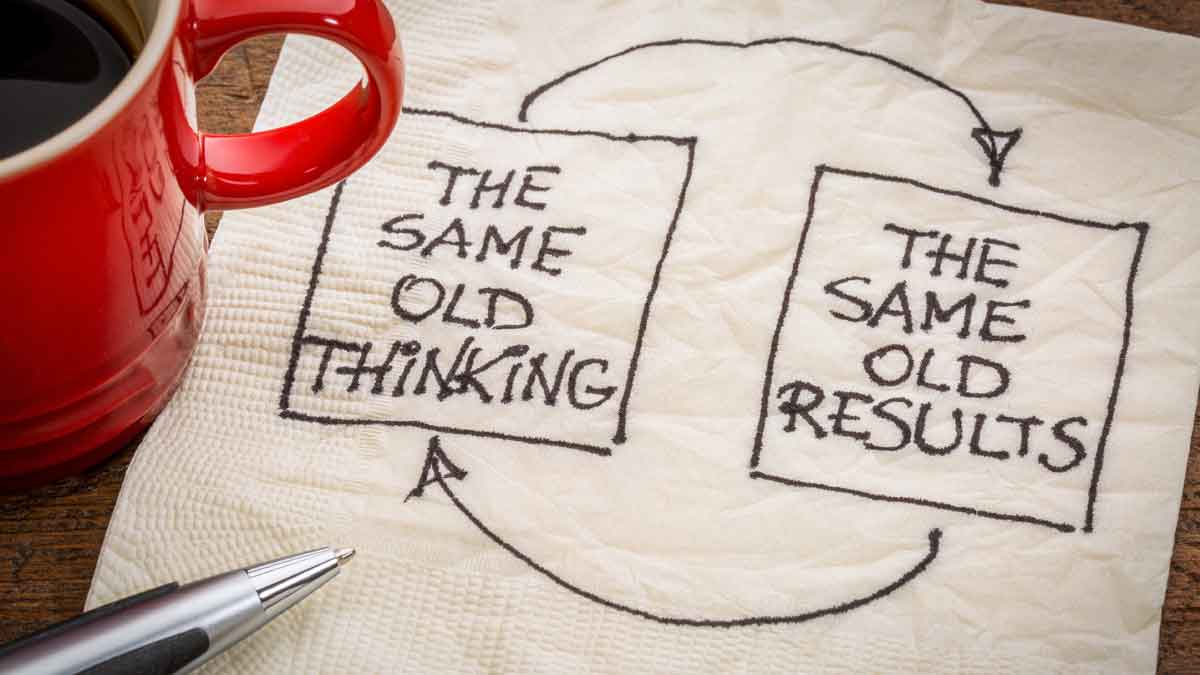One difference between business leaders and rock climbers is that many of the former think they can reach the top without training muscles. Imagine showing up at the base of El Capitan with recliner-chair abs and no climbing skills. Crazy? How about proclaiming double-digit growth plans every year… without developing the needed business-wide skills?
More in article, Build Growth Muscles at Your Company (Originally published in B2B Organic Growth Newsletter).
Customers only pay a higher price for your innovation if it is important, measurable, and distinctive. The customer must a) care about the outcome being improved, b) observe the improvement so you get credit for it, and c) be unable to get the same improvement from your competitors. Sorry, but you need all three.
More in New Product Blueprinting article, Three Steps to Unbeatable Value
Picture this: You develop a great new product, price it well, and profits begin flowing. This does not go unobserved by competitors who introduce a knock-off, causing prices to drop. Everyone noticed the initial success, but few noticed the failure: Aggressive patent homework might have kept those profits flowing for years. Depressing… if you noticed.
More in New Product Blueprinting article, Are You Maximizing Your Profits?
Let’s substitute market research for reconnaissance… business strategy for battle plan… resource allocation for troop deployment. Many business leaders fail to 1) thoroughly understand their battle fronts, 2) determine the decisive points (markets) to attack, and 3) follow with an overwhelming assault here. These generals lose battles.
More in article, How’s Your Market Segmentation?
Surprises in quality or cost control are unpleasant. But innovation relies on surprises. Without “non-obviousness,” an invention cannot even be patented. When a previously-hidden customer outcome becomes known, the discovering supplier has the luxury of seeking solutions in a competition-free environment.
More in white paper, Catch the Innovation Wave (page 10).
Neither will customers pay you for a product they don’t need. I call this new-product failure mode, “Nice shot, wrong target.” It is far too common. Most customers really do have something “broken” that needs fixed. Figure out what this is before you design your next new product, and they’ll pay you handsomely.
More in New Product Blueprinting article, Are You Maximizing Your Profits?
Some products deliver enormous profits for decades, carrying whole businesses and careers on their sturdy shoulders. And then there are the tired, the poor, the huddled masses of wretched new products you wish were on your competitors’ teeming shores. You’ll find the blockbusters always satisfy six conditions. (See link below for details.)
More in article, Are You Maximizing Your Profits?
One is throwing more money at R&D in a Soviet-style arms race. Another is exhorting the troops to do better. An all-time favorite is asking tough project-review questions… but not training teams in the skills needed to find the answers. What if all your teams had the highest possible skills in understanding customer needs? Might this work better?
More in article, Do You Really Interview Customers?
Ever watch stage-gate reviews or entire workshops wrestling with The Value Proposition? It’s not pretty. In my experience, good B2B customer interviews yield potential value propositions like so many ripe apples falling from a tree. You just need to pick which to pursue. If you have to dream them up, you’re climbing the wrong tree.
More in article, Three Steps to Unbeatable Value Propositions (Originally published in B2B Organic Growth newsletter).
Confirmation bias is the “tendency for people to favor information that confirms their preconceptions or hypotheses, regardless of whether the information is true.” It’s what happens when you take your lovely new-product hypotheses to customers. This systematically distorts data on customer needs… and that can’t be good for innovation, right?
More in article, Give your Hypothesis the “Silent Treatment” (Originally published in B2B Organic Growth).
Ultimately, everything your business does should be about efficiently delivering value to customers. If you don’t focus on clusters of like-minded customers, their needs will be randomly observed by different people in your company at different times under different conditions. Not an efficient way to develop new products—your lifeblood.
More in New Product Blueprinting article, How’s Your Market Segmentation?
When you finish the front-end of innovation, you may have plenty of technical risk ahead. But you can examine B2B customer outcomes at nine levels, and gain an incredible understanding of the customer’s world. Done well, your commercial risk should be negligible when you enter the development stage.
More in white paper, Timing is Everything (page 6).
Large businesses chalk up thousands of face-to-face customer meetings each year… as sales and technical service reps go about their normal duties. Why not train these people to become VOC experts? They’ve already gained customers’ trust, they know the customer’s language, they’ll get key information first-hand, and there’s no extra travel cost.
More in article, The Cost Cutter’s Guide to Growth (Originally published in B2B Organic Growth newsletter).
If you’re dragging in your list of questions and the customer feels they’re doing you a favor… it’s supplier-led. But if you keep the scope broad enough to interest them, let them lead you to what interests them, and help them think deeply through attentive probing… it’s customer-led. It’s also much more effective.
More in article, The Best Customer Interviews Use a Digital Projector (Originally published in B2B Organic Growth newsletter).













